
We have created multi-languages files for many markets. For Europe we have created files with up to seven languages and for Canada, we create bilingual files in English and French. Here we will look at a few different options.
Packaging in Canada requires all text to have the same size and prominence in both languages. But there are differences in how to do this depending on where the product is being sold in the country. If it is for sale in the province of Quebec, then all text must be translated into both languages. If it is sold in the rest of the country, but not in Quebec, then only the product name, descriptor, contents and legal text need to be translated. Marketing text does not need to be translated. This is an easier and less-crowded package to create. But if you go this route and then have a request for product from a Quebec retailer, you will have to start all over again. For this reason we always suggest that clients translate according to the more stringent Quebec requirements.
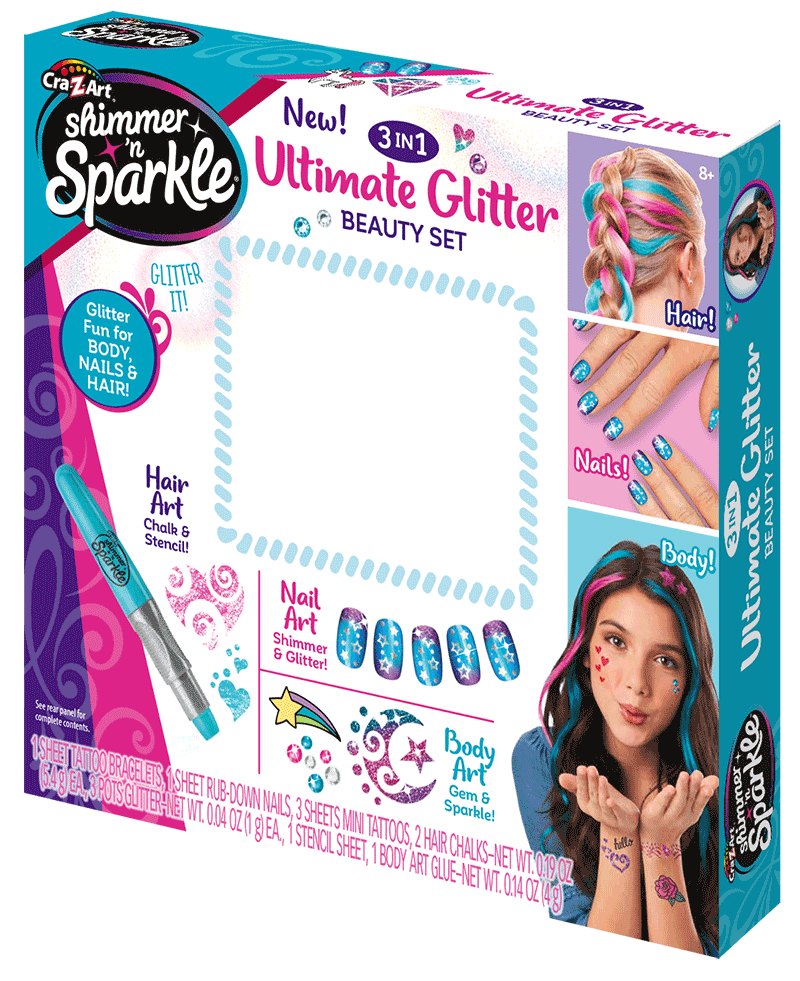
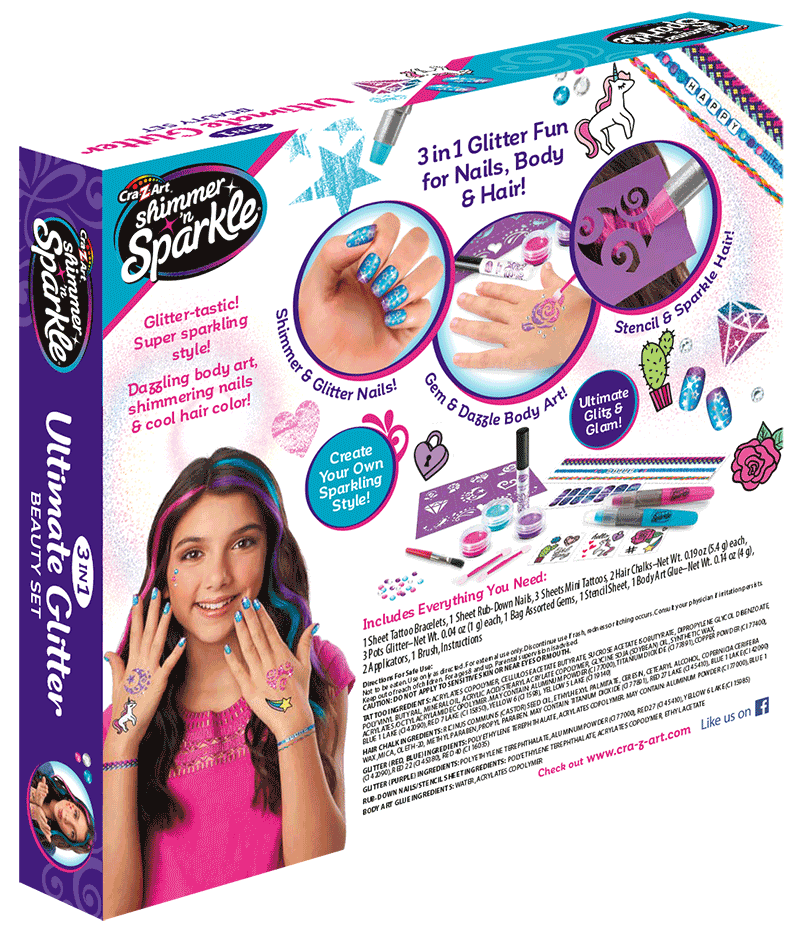
This is a window box and the front of the package is not too crowded, so we have room to add the additional text. The list of contents on the front panel needs special attention. There is a formula in the U.S. for the size of the numerals in the contents. This is based on the total area of the main display panel and the numeral size is related to that. The system in Canada is similar but the calculation of the type size is different. So if you simply translate the text using the U.S. formula, in many cases this will be non-compliant in Canada.
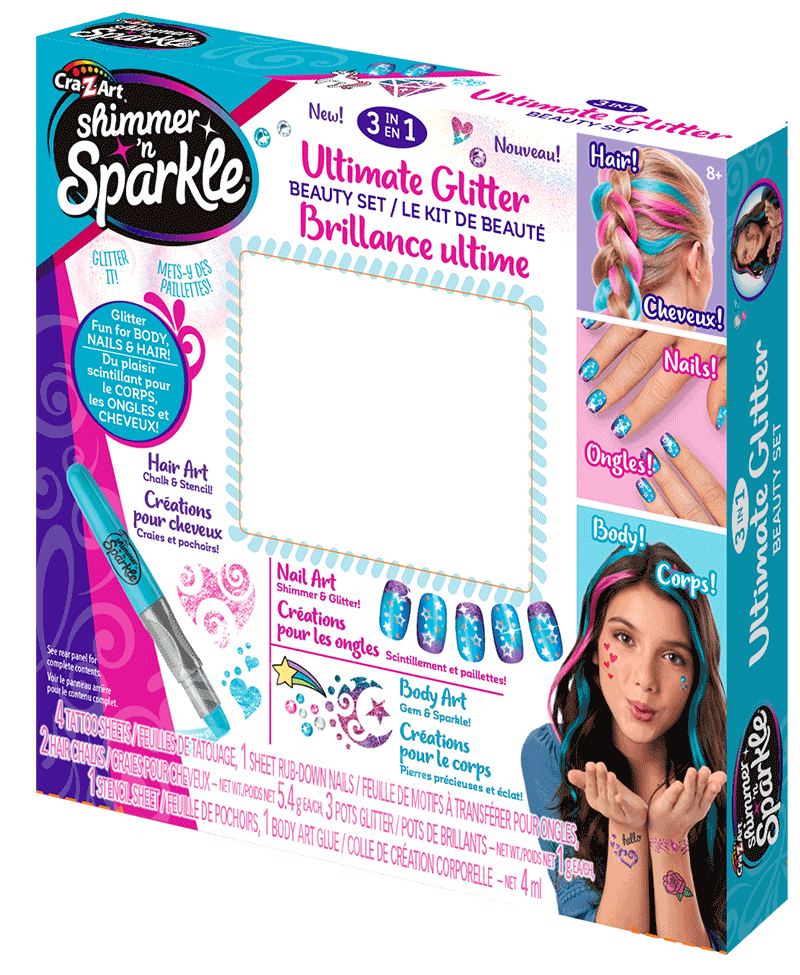
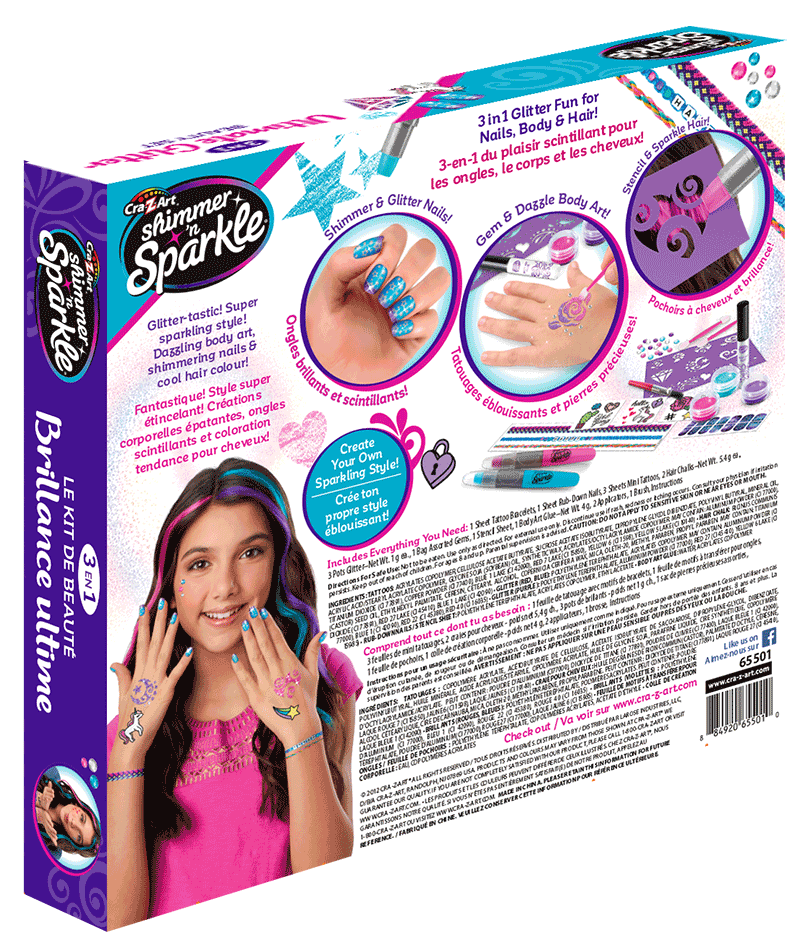
The images below are an example of another approach to bilingual packaging. In this case, the front of the box contains 3 windows. We could bilingualize this front panel but it would be crowded.
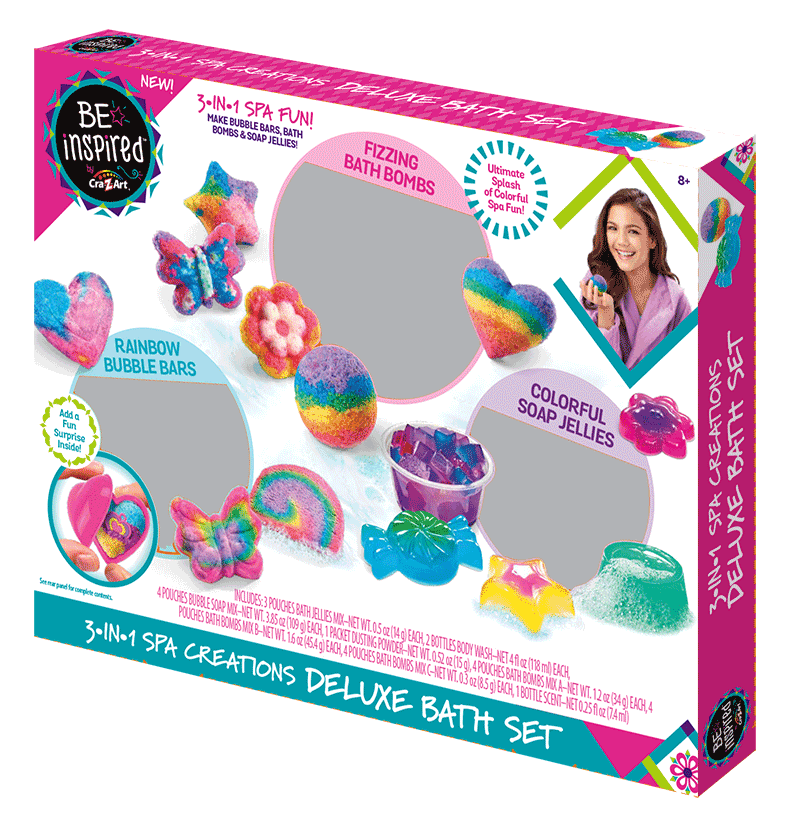
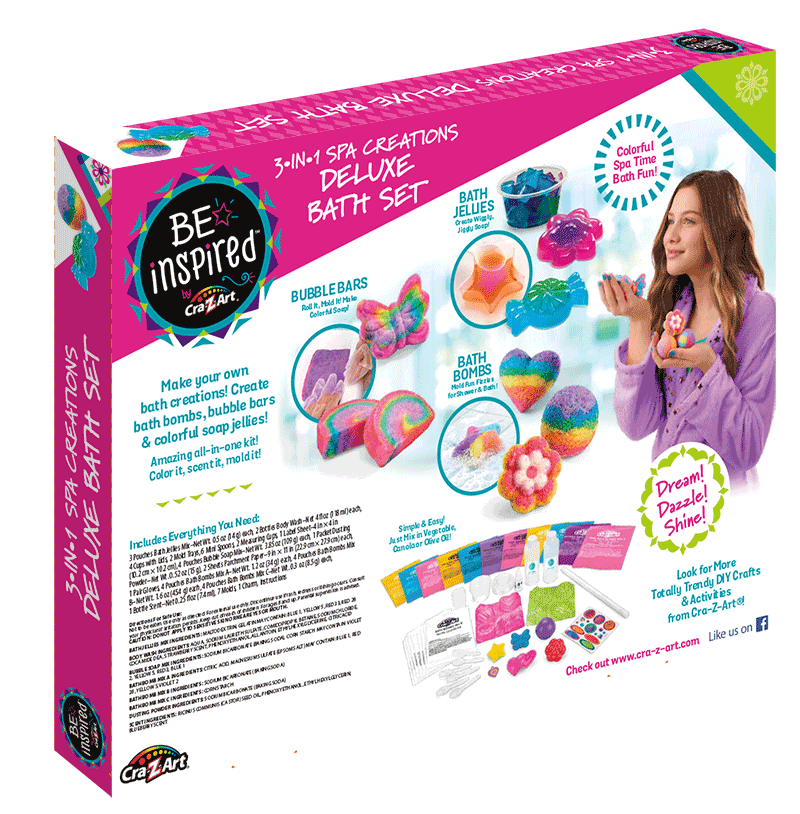
So for this package we suggested that the marketing text on the back be removed. We also deleted the windows and used images. We then created two "front" panels, one in English and one in French, The text listing the ingredient components was placed on the side panels and the UPC and legal text on the bottom panel.
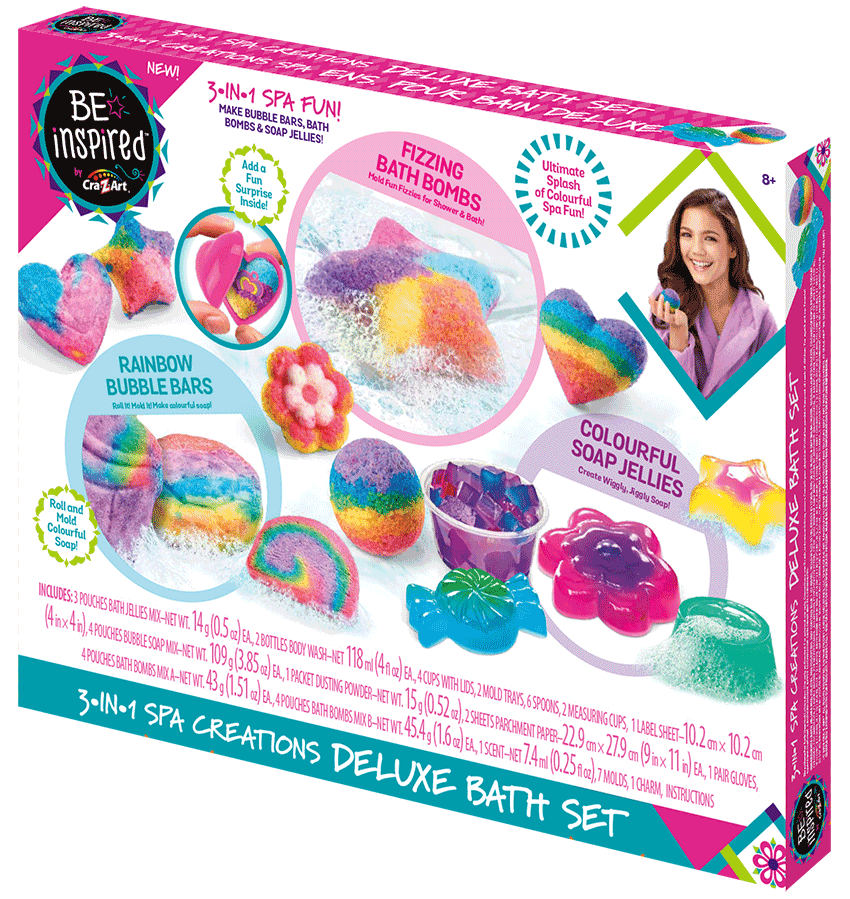
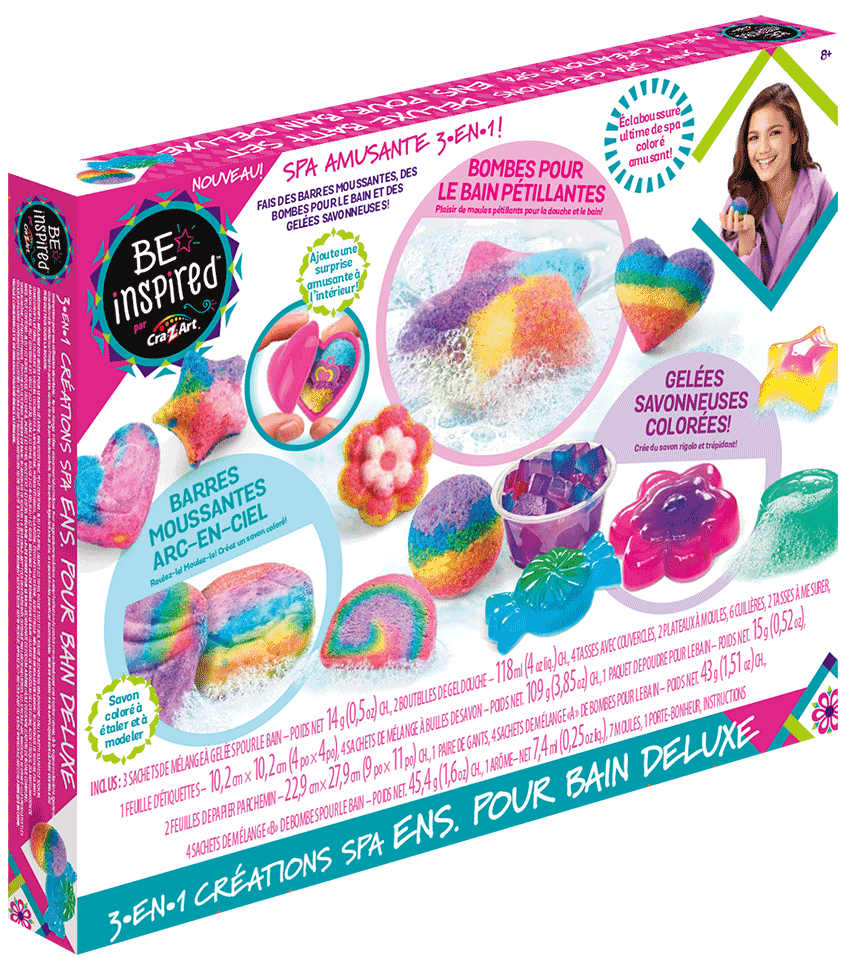
Food packaging presents many of the same issues as toy packaging when creating bilingual files. As you can see in the images below, the English packaging and the bilingual packaging use different font sizes for the net contents. This is a result of the different formulas used in both countries to determine this size.
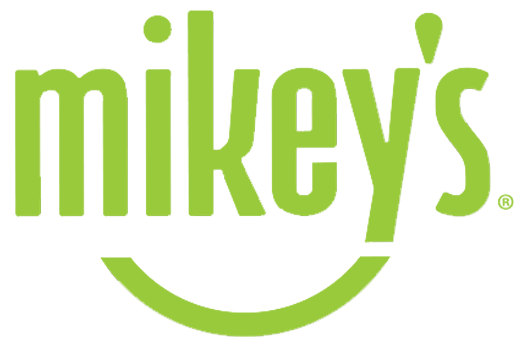
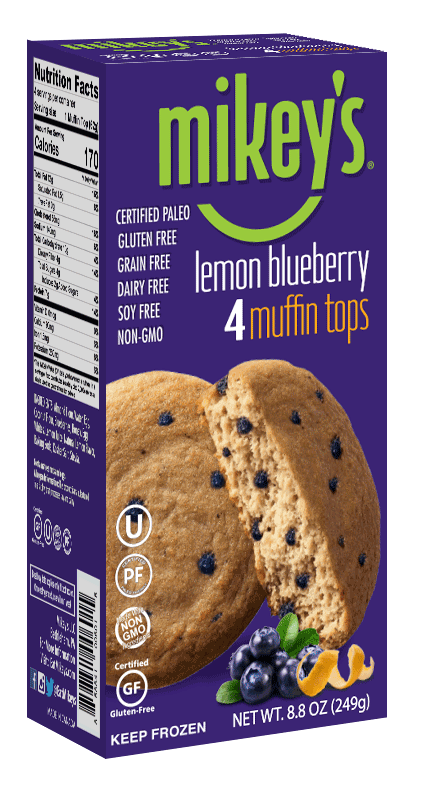
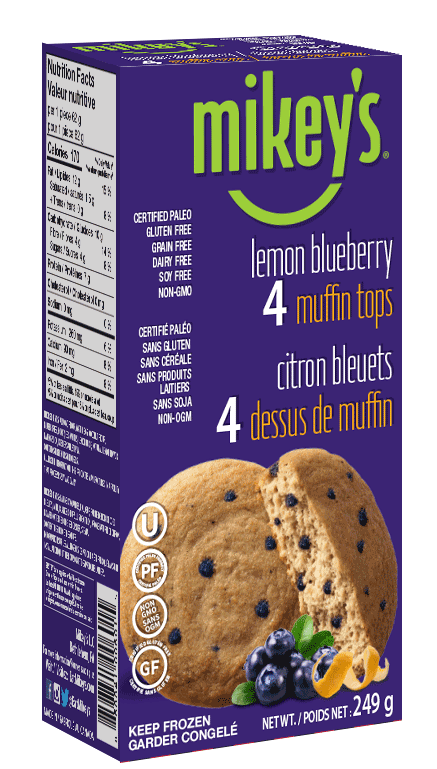

The FDA in the U.S. and the Canada Food Inspection Agency (CFIA) regulate the Nutrition Panel information in both countries. You cannot simply translate the U.S. panel and use it in Canada. The reporting of information is different as is the setup and sizing on the panel. In the U.S. the size of the Nutrition Panel is in relation to the size of the principal display panel. In Canada, the CFIA regulates that the size of the panel is based on a percentage of the entire available packaging surface (front, back and sides).
And Canada now requires new front of package labeling for fat, sugar and sodium.